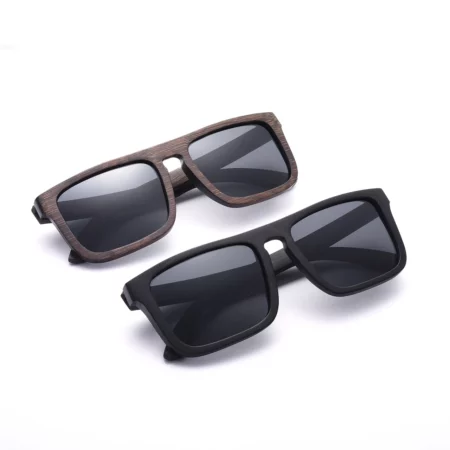Sunglasses (or sunnies) are widespread in today’s society and come in different shapes and sizes, but did you know that not all sunglasses block out harmful UVA/UVB rays?
Polarized lenses are an excellent option for those who want protection from UV exposure without losing clarity of vision. They also provide more contrast than non-polarized lenses to enhance colors and make particular objects stand out more.
First of all, it’s essential to understand what makes polarized lenses different than regular lenses.
When light reflects off an object (like water or a road), it becomes partially polarized because some wavelengths are scattered more than others. However, it depends on the material’s composition and orientation relative to the direction of incoming light rays. Thus, it is called scattering polarization. Your sunglasses’ lenses reflect this scattered light, which creates an intensity-dependent glare that looks very bright of color across your field of view.
Light-reflecting off water or tinted surfaces can be so intense that looking at the reflected light becomes difficult. Polarization reduces this intensity of scattered polarized light by absorbing it. However, for regular non-polarized lenses, more intense wavelengths are preferentially absorbed than lesser intense ones, which results in colored glare.
Polarized lenses don’t look any different than non-polarized lenses. You can’t tell whether your sunglasses are polarized just by looking at them (it will appear to be clear). However, you can tell simply by rotating your glasses.
So how do you know if sunglasses are polarized?

There are many ways to tell if your sunglasses will protect you from the sun. One easy way is to look at your lenses (if they aren’t there already). Look for words such as “polarized” or “photochromic.”
Sunglasses with polarized lenses have unique features which make them useful in bright sunlight. When light enters our eyes, it passes through the cornea, further focusing on the retina, therefore becoming visible images. These images move around and blur when we move and shake because of a physical property called a refractive index. Light, which is always moving and vibrating, becomes polarized as it goes through the cornea.
Using Two Pairs of Polarized Sunglasses

By putting on two pairs of polarized sunglasses side-by-side and rotating one pair 90 degrees, if one of the lenses is dark while the other remains unchanged, then you know your sunglasses are polarized.
Alternatively, you can hold two pairs of sunglasses up to a light source and see if they allow any light to pass through. If they do, then they aren’t polarized.
Once you figure out whether or not your glasses are polarized, it’s important to remember that polarization only reduces glare and intensity-dependent reflection (what we talked about above). The glasses will not reduce the number of UV rays entering your eyes from any other angle.
Important Thing to Remember
Keep in mind as well that polarized lenses can make your eyes more sensitive to intense blue-violet light, which is why you should avoid prolonged exposure to laptops, phones, or tablets.


Recent Comments